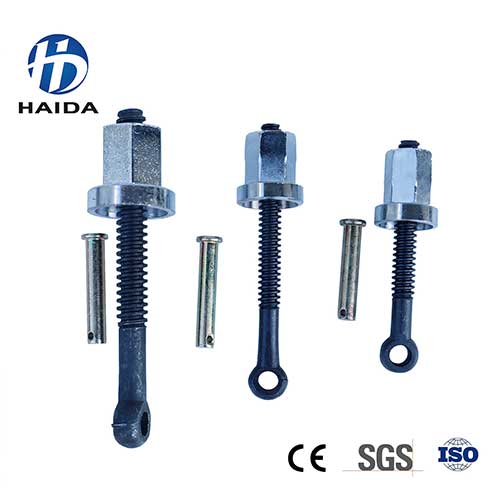You know that you can grab two 12 volt car batteries and hook socket fusion tool kits together to make 24 volts, and like this you can weld with them. Yeah true. Car batteries have very large current drawing capabilities, which is exactly what you need for welding. And see how the two batteries will equal 24volts, this is good enough to arc weld with.
Shielded metal arc welding is old school. It gets a bad rap. But in the hands of a craftsman, stick welding is as good or better than any other welding process for some jobs.
People who learn to weld with a mig machine are often surprised to learn that shielded metal arc welding is still the choice for many pipeline and construction companies. It is the most robust welding process of all because stick welding can be done in the wind and on all kinds of materials. Because stick welding has been around so long, there are all kinds of different welding rods available for nearly every application. There are rods made for cutting and gouging, hardfacing, and even nickel and bronze rods for welding cast iron.
Machine Set-Up
The big secret that nobody ever mentions about MIG welding is self-aligning Butt Fusion Welding Machine set-up. Since MIG welding is a semi-automatic process, much of the skill required is to know how to set up the Socket Fusion Machine correctly.
There are three settings used for MIG welding.
1. Voltage.
2. Wire feed speed.
3. Shielding gas flow rate.
All three of these settings change depending on the thickness of the metal to be welded. On some MIG welders there is a chart on the inside panel of the welder. This chart will give you the proper settings needed for each thickness of metal to be welded. For most welds you want the weld to have a fast crackling sound to it. The sound the welder makes should be like an egg hitting a hot frying pan. Finally, the shielding gas flow rate should be enough that the weld is protected from any surrounding air.
Welding Techniques
The 4 Clamps Pipe fusion welder used for MIG welding are the same as most other processes. Some people like to use a whipping technique, which is a back and forth motion. Others use circles or a weave technique that is a side to side motion. No matter what technique you use the wire stick-out should never be more then 3/4 of an inch, otherwise the shielding gas won't be able to do its job properly.
if you want to know more, you can click http://www.butt-fusion-welder.com
